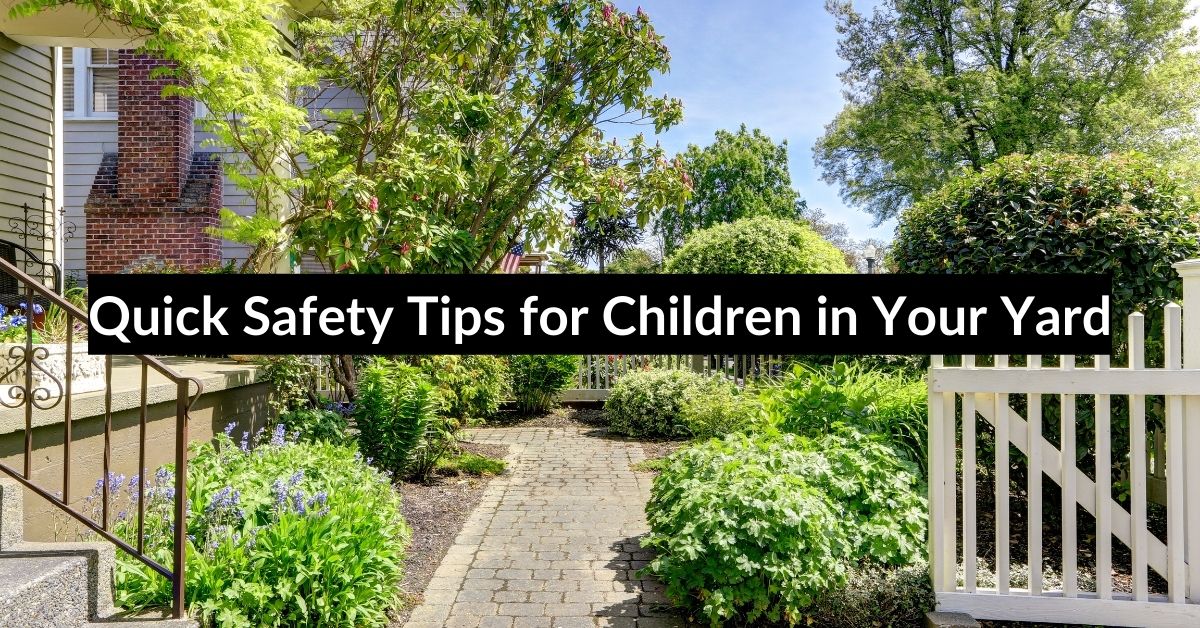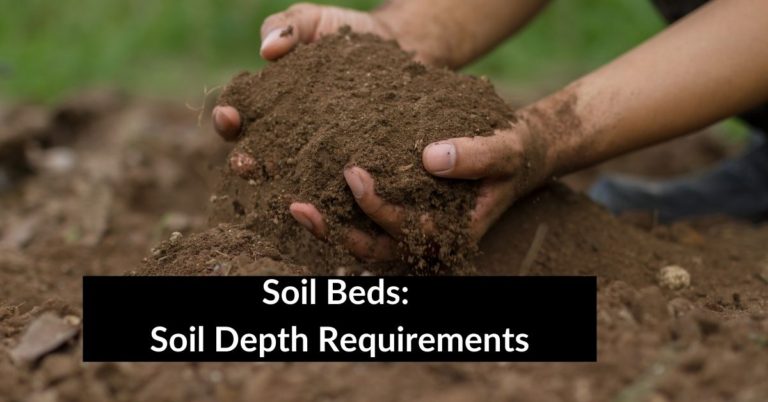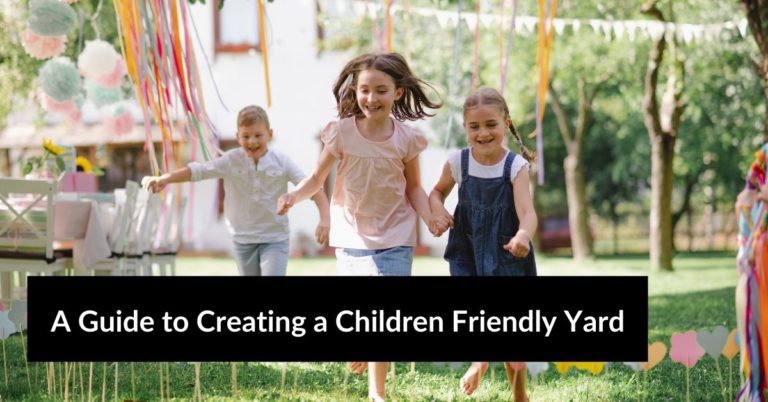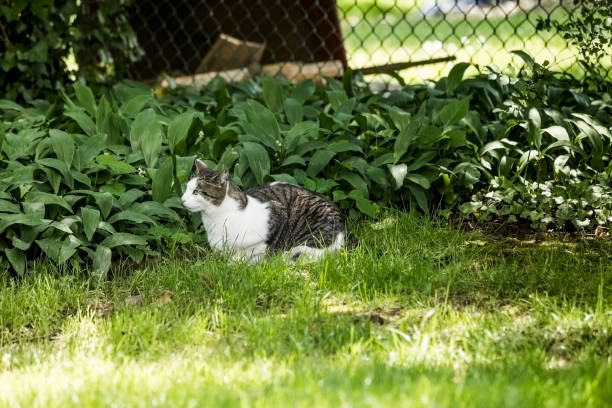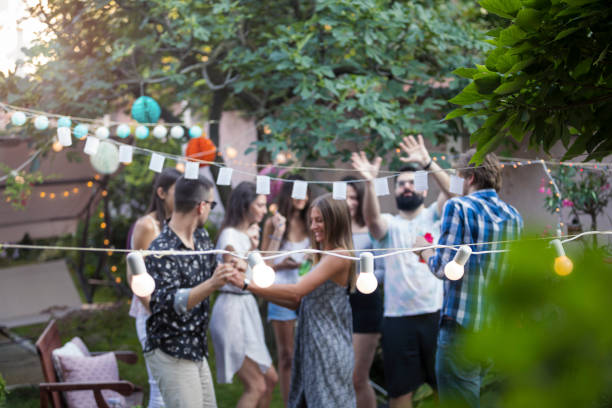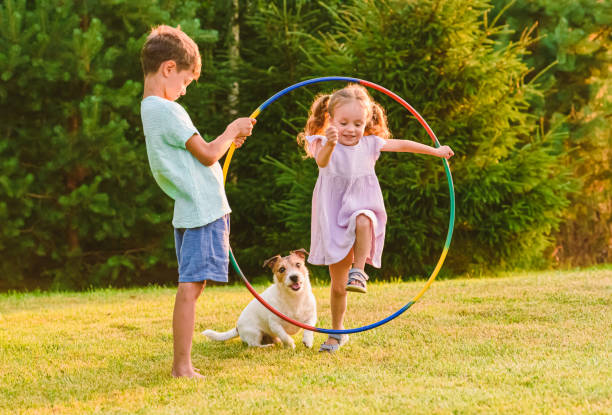Quick Safety Tips for Children in Your Yard
This post contains affiliate links. This means I will make a commission at no extra cost to you should you click through and make a purchase. Read the full disclosure here.Children are curious explorers, and their safety should always be a top priority, especially when they are playing in the yard. As a parent or guardian, it’s crucial to create a safe and secure environment where they can have fun while minimizing potential hazards. In this article, we will provide you with valuable safety tips to ensure that your children can enjoy their time outdoors without compromising their well-being.
Introduction
A well-maintained and child-friendly yard provides a safe haven for children to play and explore. By following these quick safety tips, you can minimize potential risks and create an environment that promotes their overall well-being.
1. Maintain a Well-Kept Yard
Keeping your yard well-maintained is crucial to ensure a safe environment for your children. Regularly mow the lawn, remove debris, and trim overgrown bushes and trees. This reduces the risk of tripping, falling, or encountering hidden hazards.
2. Secure the Perimeter
Installing a sturdy fence around your yard is essential to prevent children from wandering off or encountering dangers from the outside. Make sure the fence is at an appropriate height and does not have any gaps that could allow children to squeeze through.
3. Pool Safety Measures
If you have a pool in your yard, take extra precautions to prevent accidents. Install a fence or barrier around the pool area with a self-locking gate. Consider using pool covers and alarms to provide an additional layer of protection. Ensure that children are always supervised when near the pool.
4. Childproof Your Garden
Identify potential hazards in your garden and take steps to childproof them. Cover electrical outlets, secure loose wires, and remove poisonous plants. Use soft padding or mulch around play areas to cushion falls.
5. Be Mindful of Outdoor Toys
Ensure that outdoor toys, such as swings, slides, and trampolines, are in good condition and meet safety standards. Regularly inspect them for any signs of wear and tear, and follow the manufacturer’s guidelines for proper usage.
6. Keep Dangerous Tools and Chemicals Out of Reach
Store gardening tools, sharp objects, and chemicals in a locked shed or high out of children’s reach. Keep them properly labeled and stored to prevent accidental ingestion or injuries.
7. Ensure Proper Lighting
Good outdoor lighting is essential, especially during evenings or when children play outside after dark. Install motion-sensor lights or well-placed lighting fixtures to illuminate pathways and play areas, reducing the risk of trips or falls.
8. Teach and Encourage Safe Play
Educate your children about potential hazards in the yard and teach them how to play safely. Emphasize the importance of using equipment properly, avoiding rough play, and being cautious around potential dangers.
9. Establish Clear Boundaries
Set clear boundaries with your children regarding where they are allowed to play in the yard. Define areas that are off-limits, such as gardens with delicate plants or potentially dangerous areas, and explain the reasons behind these restrictions.
10. Set an Example
Children often learn through observation. Set a good example by demonstrating safe behavior in the yard. Use proper equipment, follow safety guidelines, and show them how to respect boundaries and potential dangers.
11. Regular Maintenance and Inspections
Regularly inspect your yard for any potential hazards, such as loose steps, broken fences, or unstable play structures. Fix any issues promptly to maintain a safe environment for your children.
12. First Aid Preparedness
Be prepared for minor accidents by having a well-stocked first aid kit readily available. Familiarize yourself with basic first aid techniques and know how to handle common injuries that may occur in the yard.
13. Be Aware of Potential Hazards
Stay informed about potential hazards specific to your area, such as poisonous plants, wildlife, or extreme weather conditions. Take appropriate measures to mitigate these risks and keep your children safe.
14. Conclusion
Creating a safe yard for your children requires a combination of preparation, maintenance, and ongoing vigilance. By following the safety tips outlined in this article, you can ensure that your children can enjoy their time outdoors while minimizing potential risks.
FAQs
How often should I inspect my yard for potential hazards?
Regular inspections are recommended at least once a month, but it’s best to be vigilant and check for hazards whenever you notice any changes in the yard.
What should I include in a well-stocked first aid kit for my yard?
A well-stocked first aid kit for your yard should include bandages, antiseptic ointment, adhesive tape, tweezers, scissors, instant cold packs, and emergency contact numbers.
How can I teach my children about yard safety?
Engage your children in discussions about yard safety, demonstrate safe behaviors, and explain the potential hazards in a way that they can understand. Encourage them to ask questions and reinforce safe practices through consistent reminders.
Are there any plants I should avoid planting in my yard to ensure child safety?
Yes, some plants can be toxic if ingested. Research child-friendly plants or consult with a local garden center to ensure that the plants in your yard are safe for children.
Is it necessary to supervise my children at all times in the yard?
While it’s important to supervise young children closely, older children who understand and follow safety rules may require less supervision. However, it’s still crucial to periodically check on them to ensure their well-being.

